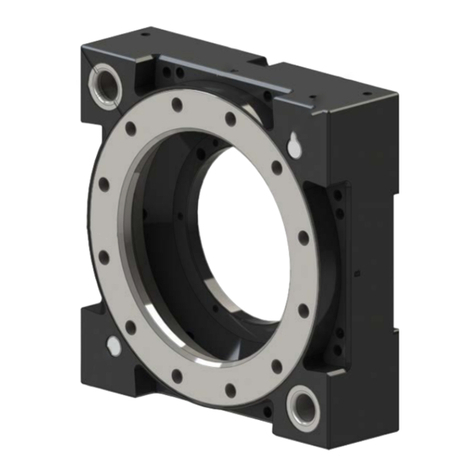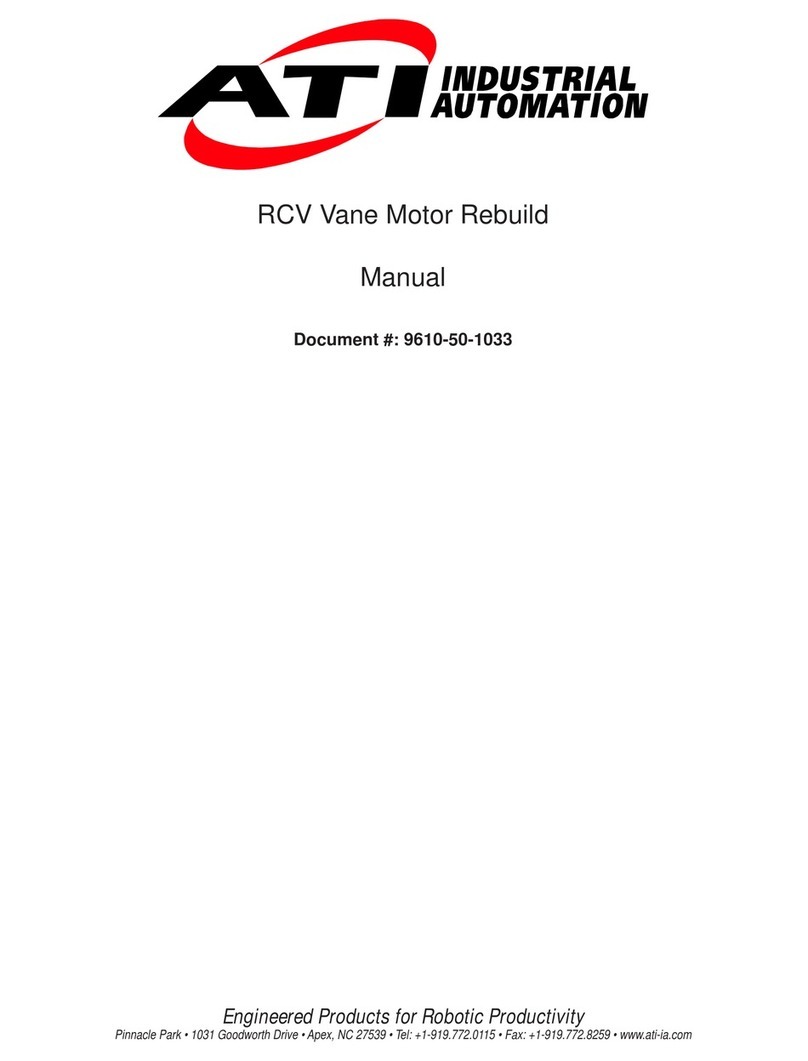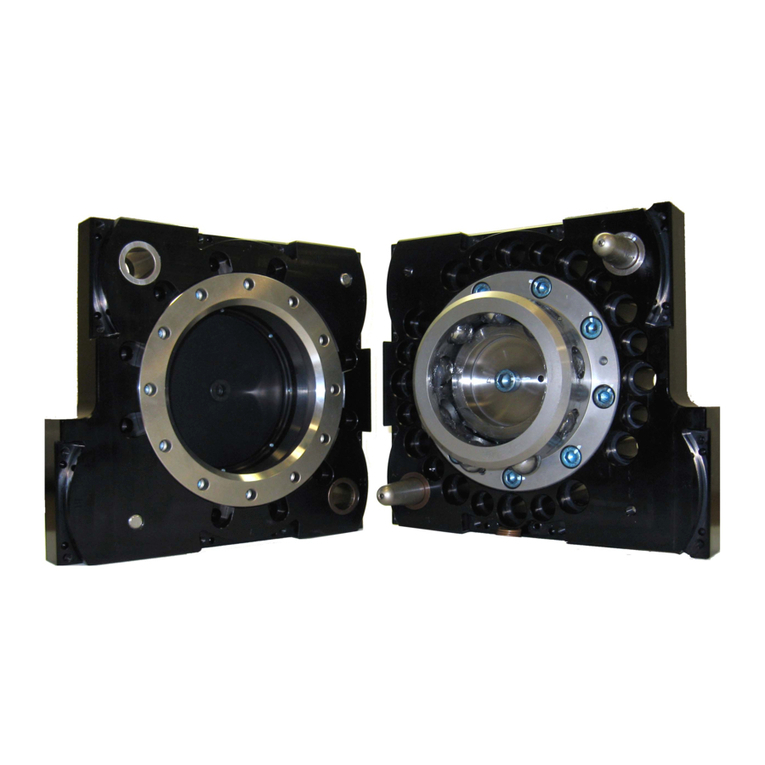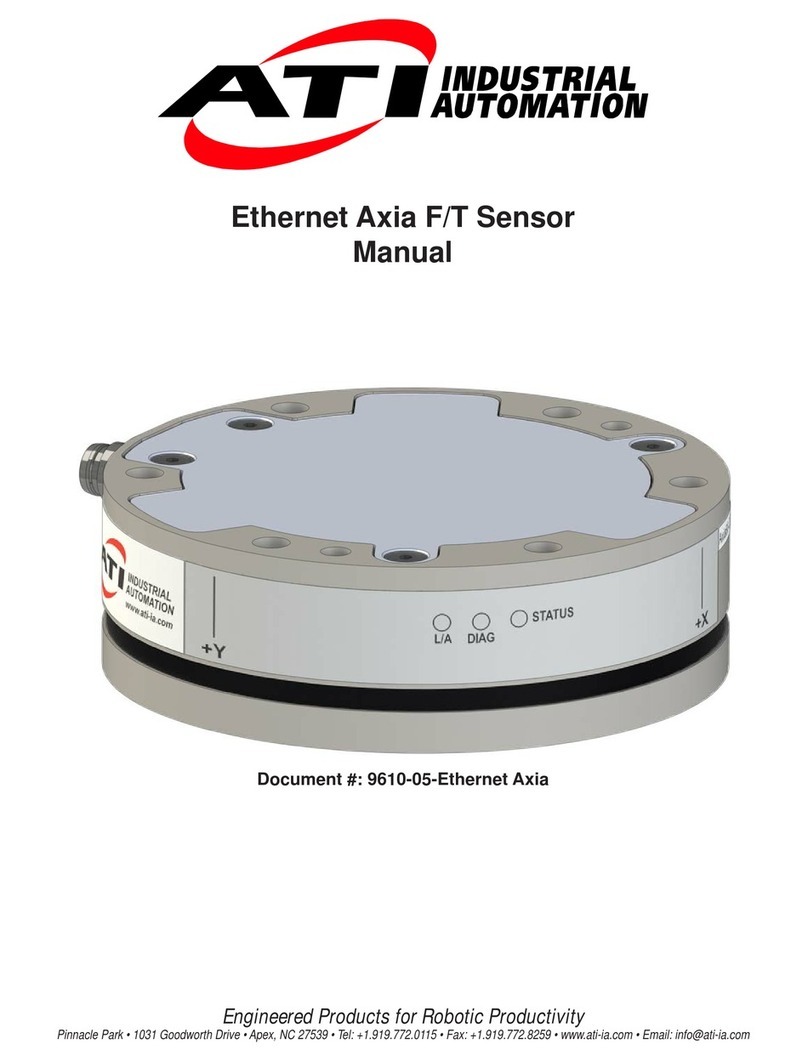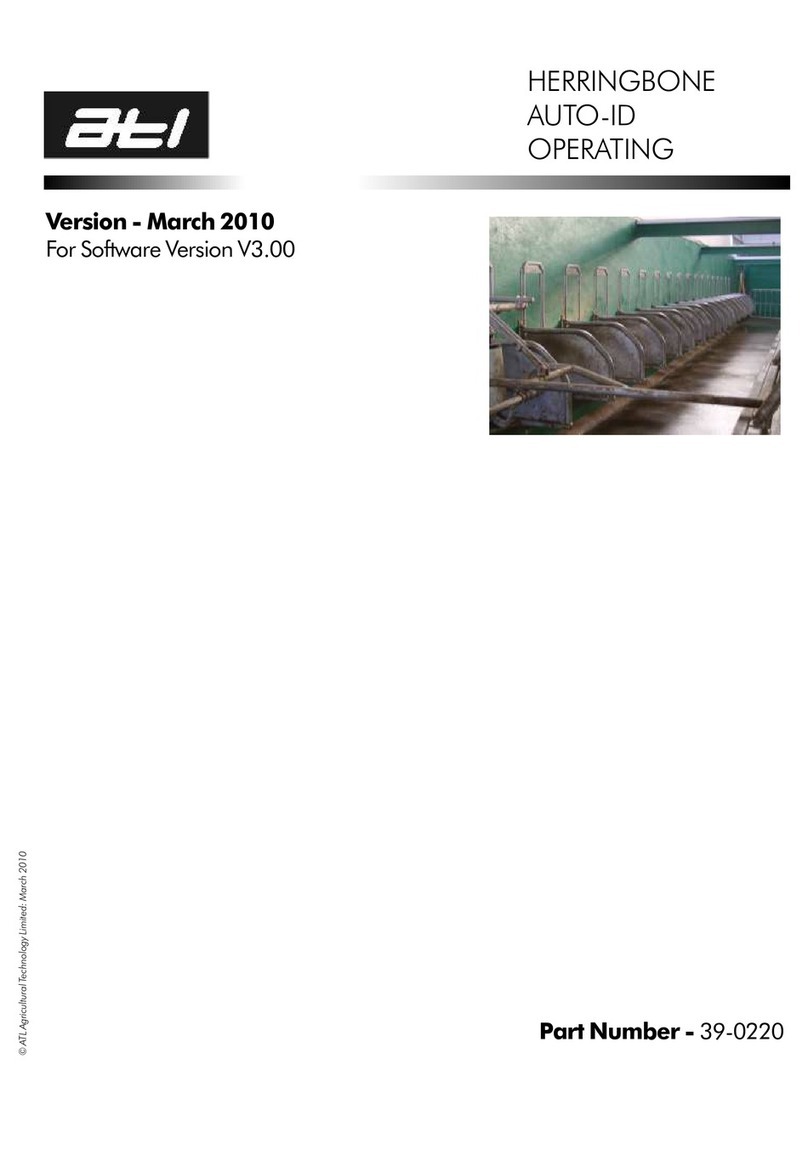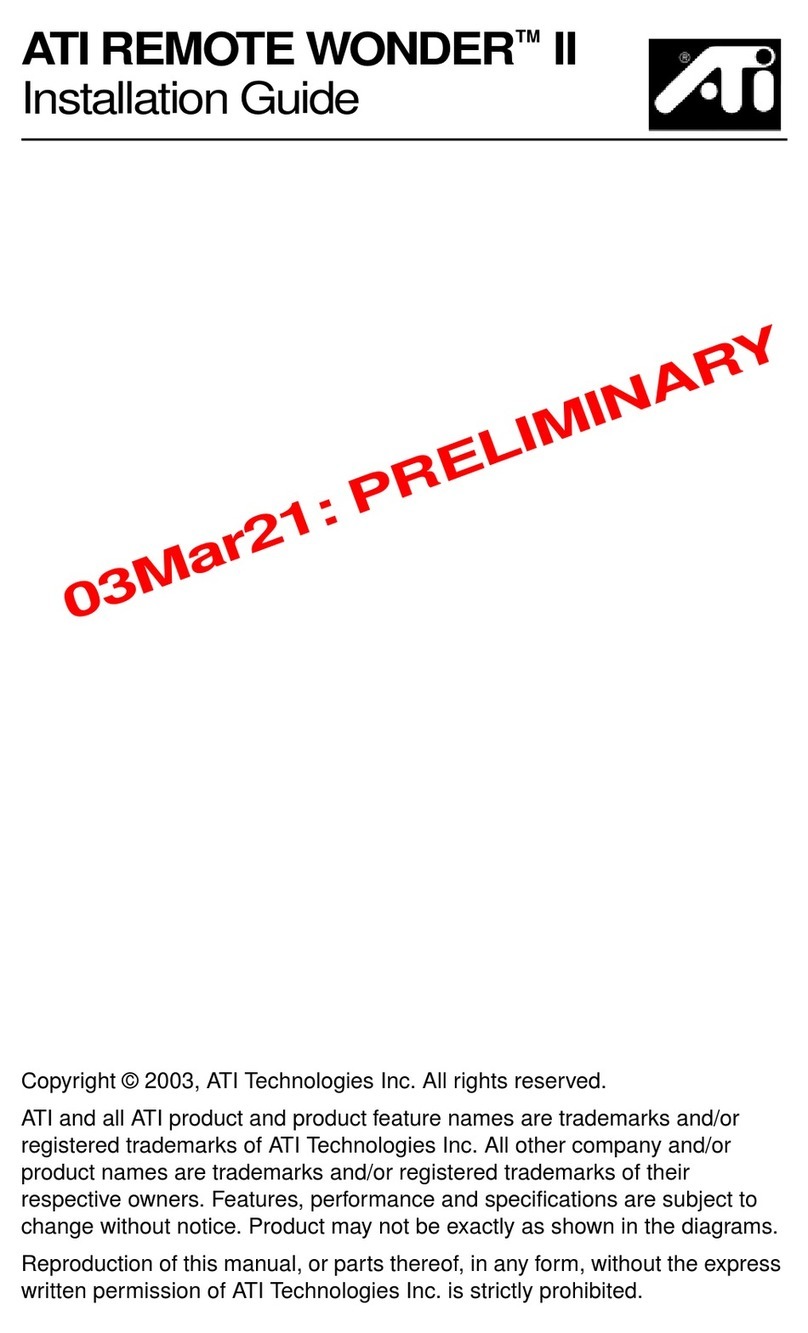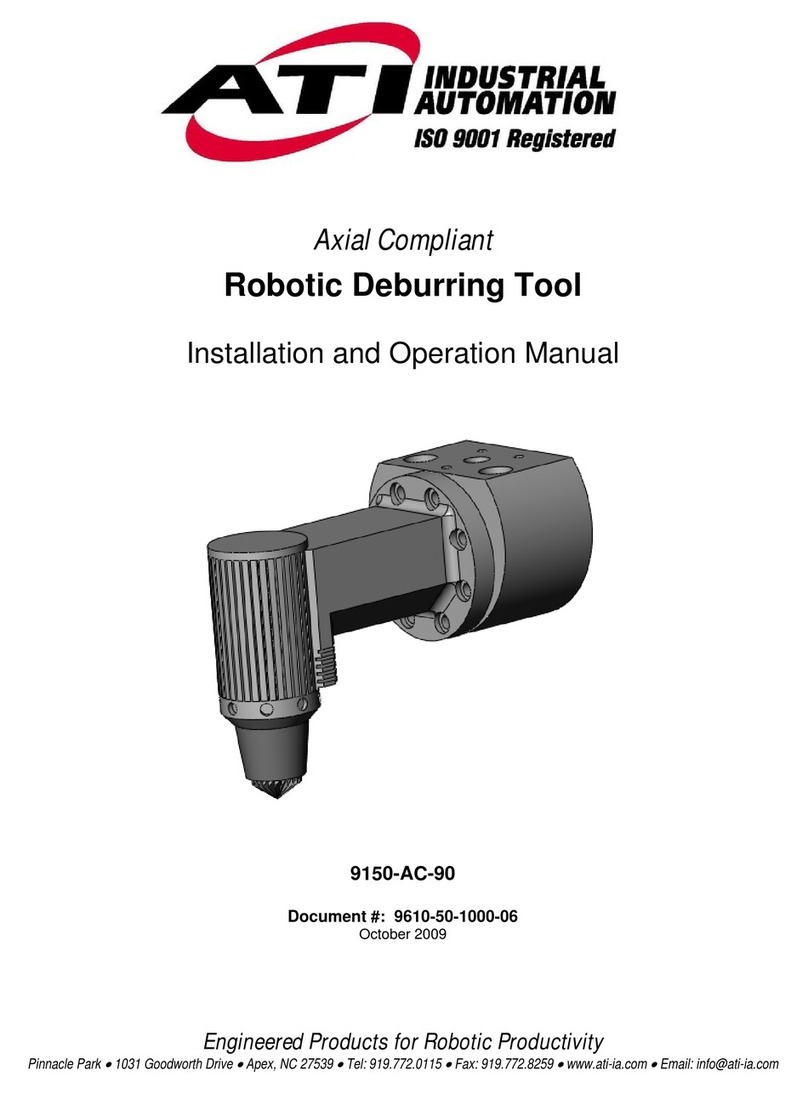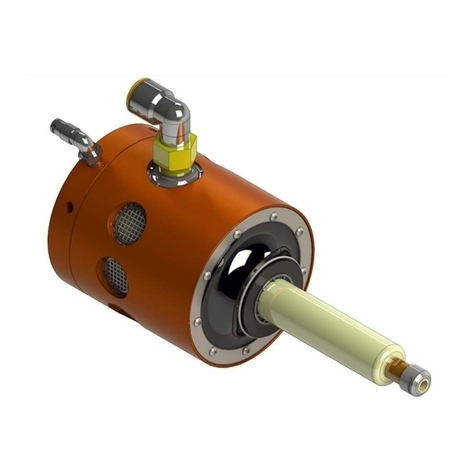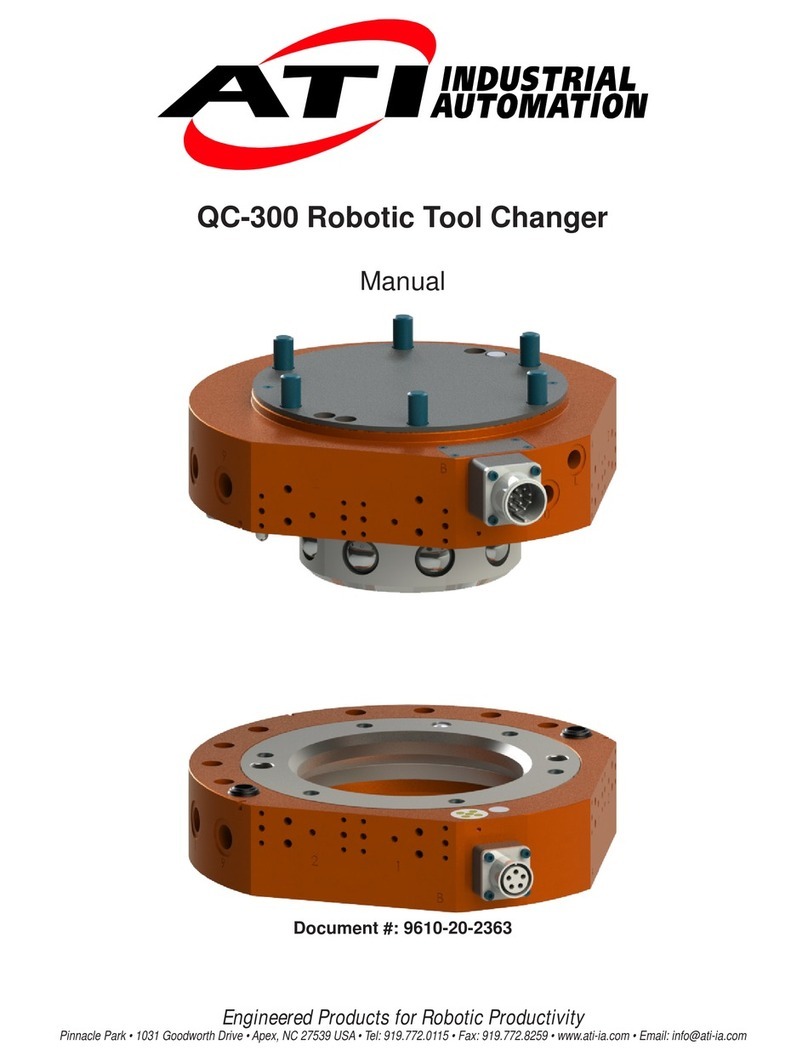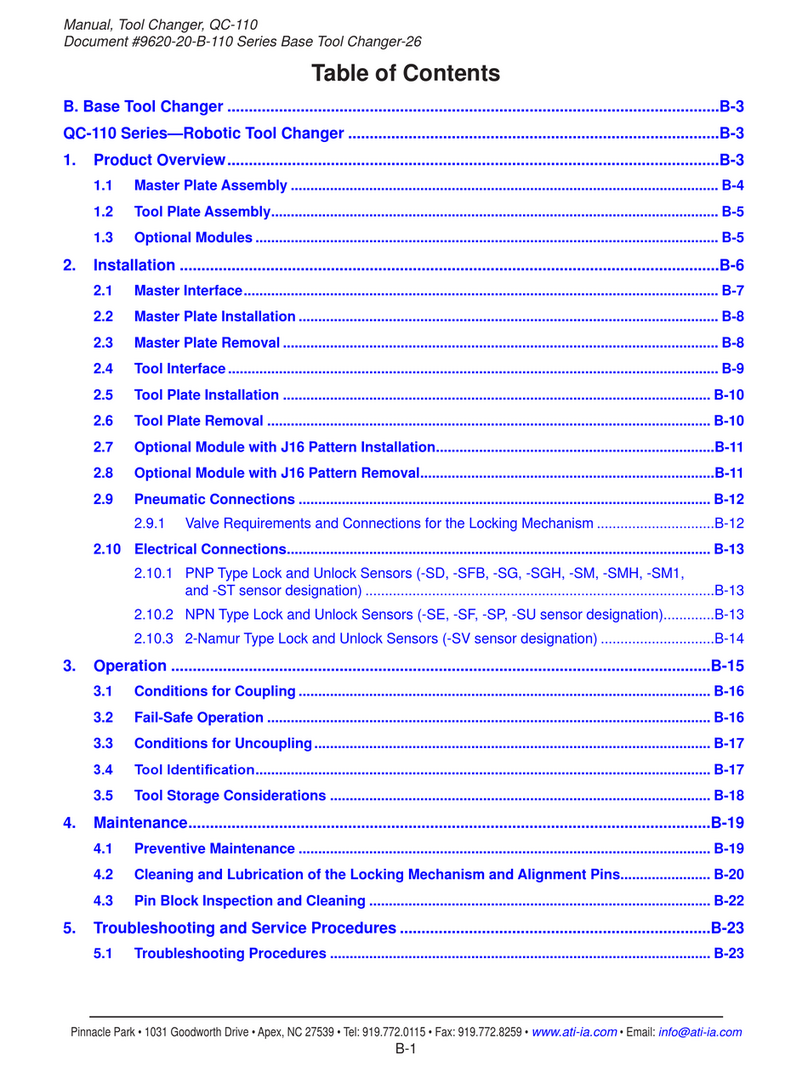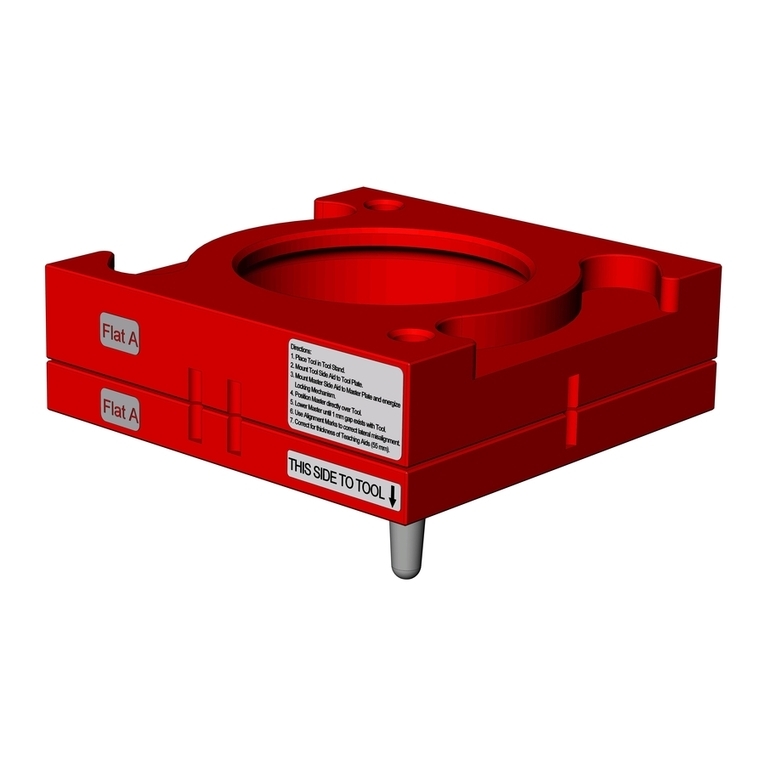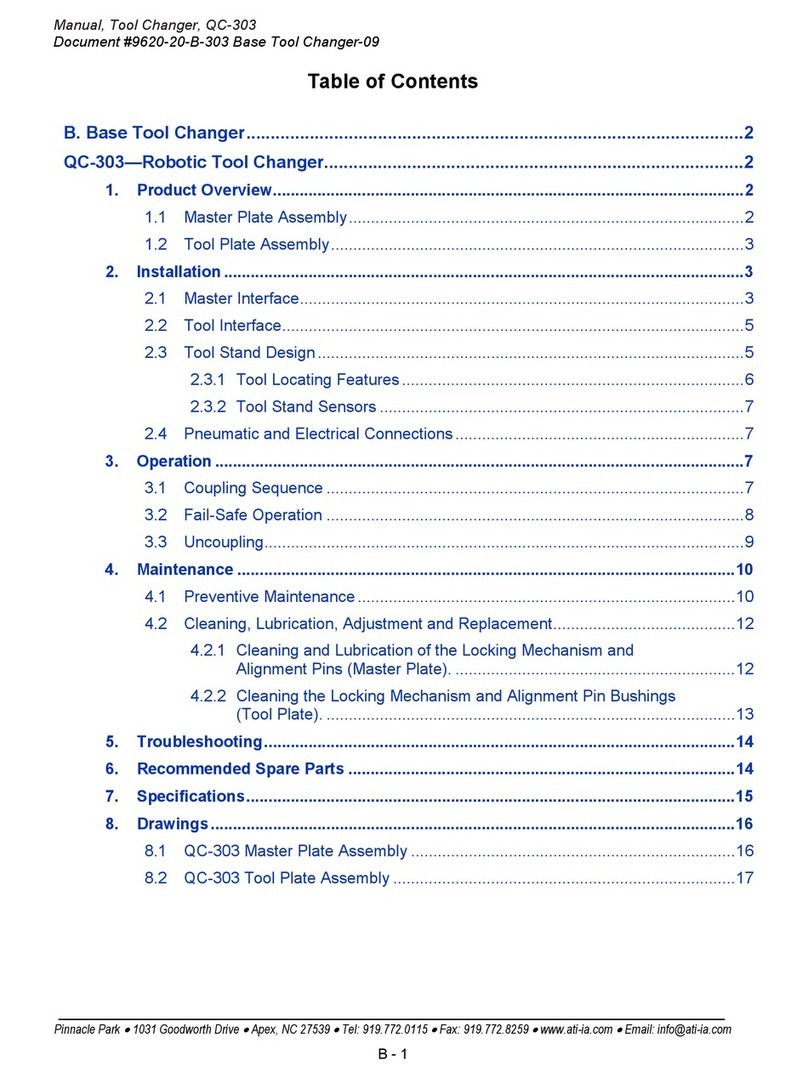
Manual, Tool Changer, QC‑113
Document #9620‑20‑B‑113 Base Tool Changer‑05
Pinnacle Park • 1031 Goodworth Drive •Apex, NC 27539 • Tel: 919.772.0115 • Fax: 919.772.8259 • www.ati‑ia.com
B-1
Table of Contents
B. Base Tool Changer .................................................................................................................B-3
QC-113 Series—Tool Changer.....................................................................................................B-3
1. Product Overview..................................................................................................................B-3
1.1 Master Plate Assembly ............................................................................................................. B-4
1.2 Tool Plate Assembly.................................................................................................................. B-5
1.3 Optional Modules...................................................................................................................... B-5
2. Installation .............................................................................................................................B-6
2.1 Master Interface......................................................................................................................... B-7
2.2 Master Plate Installation........................................................................................................... B-8
2.3 Master Plate Removal............................................................................................................... B-9
2.4 Tool Interface........................................................................................................................... B-10
2.5 Tool Plate Installation ..............................................................................................................B-11
2.6 Tool Plate Removal ..................................................................................................................B-11
2.7 Pneumatic Requirements....................................................................................................... B-12
2.7.1 Valve Requirements for Air Adapter Modules................................................................B-12
2.8 Electrical Connections............................................................................................................ B-13
2.8.1 NPN Type Lock and Unlock Sensors (-SP sensor designation)....................................B-13
3. Operation .............................................................................................................................B-14
3.1 Conditions for Coupling......................................................................................................... B-15
3.2 Fail-Safe Operation ................................................................................................................. B-16
3.3 Conditions for Uncoupling..................................................................................................... B-17
3.4 ToolIdentication.................................................................................................................... B-17
3.5 Tool Storage Considerations ................................................................................................. B-18
4. Maintenance.........................................................................................................................B-18
4.1 Preventive Maintenance ......................................................................................................... B-19
4.2 Cleaning and Lubrication of the Locking Mechanism and Alignment Pins....................... B-20
4.3 Pin Block Inspection and Cleaning ....................................................................................... B-22
5. Troubleshooting ..................................................................................................................B-23
5.1 Troubleshooting Procedures ................................................................................................. B-23
5.2 Service Procedures................................................................................................................. B-24
5.2.1 Alignment Pin Replacement..........................................................................................B-24
5.2.2 Lock and Unlock Sensor Replacement Procedures......................................................B-26
5.2.3 RTL Flat Pack Style Sensor Replacement (R2 Sensor)................................................B-27
5.2.4 RTL Flat Pack Style Sensor Replacement (R1 Sensor)................................................B-29
5.2.5 Seal Inspection and Replacement.................................................................................B-30
